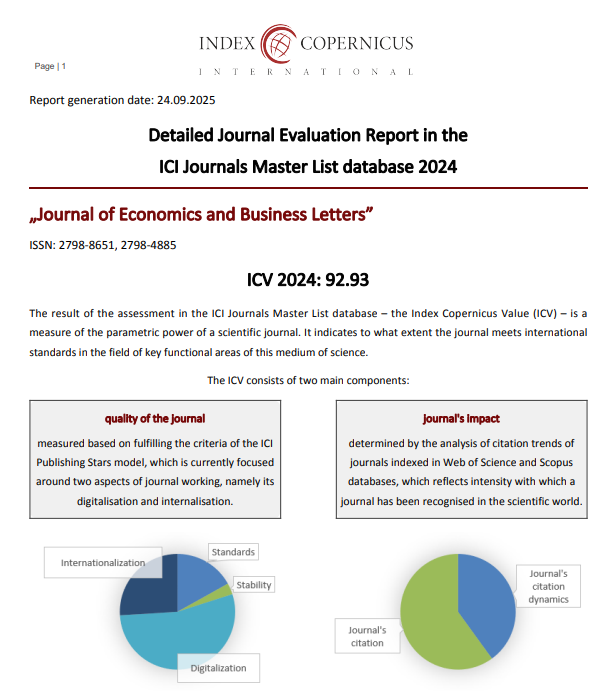Investigating online purchase intention in the perspective of technology acceptance model: Empirical finding based on evidence in South Tangerang
DOI:
https://doi.org/10.55942/jebl.v2i4.170Keywords:
E-commerce, Technology Acceptance Model, , Intention to buy, Perceived ease to use, Perceived usefulnessAbstract
Advances in information and communication technology enable consumers to increasingly conduct online purchase transactions. From the perspective of the Technology Acceptance Model (TAM), this study aims to examine the effect of perceived ease to use and perceived usefulness on consumers' intention to buy online in South Tangerang. The study used 130 data obtained through questionnaires distributed online to users of multiple consumer-to-consumer (C2C) e-commerce platforms. Determination of the sample is done by applying a non-probability sampling technique. Using multiple linear regression analysis techniques with SPSS software, the study found that perceived ease to use and perceived usefulness had a positive effect on the intention to buy online. Regression analysis shows that both perceived ease of use and perceived usefulness have significant effects on online purchase intention. However, the effect of perceived usefulness on intention to buy online is greater (β =.199, ρ-value <.000) than that of perceived ease to use (β =.277, ρ-value <.00). The findings of the study help to understand everything about online buying behavior and make strategic implications for digital-based companies to increase consumers' willingness to buy online.
Downloads
Published
How to Cite
Issue
Section
License
Copyright (c) 2022 Journal of Economics and Business Letters

This work is licensed under a Creative Commons Attribution 4.0 International License.
















